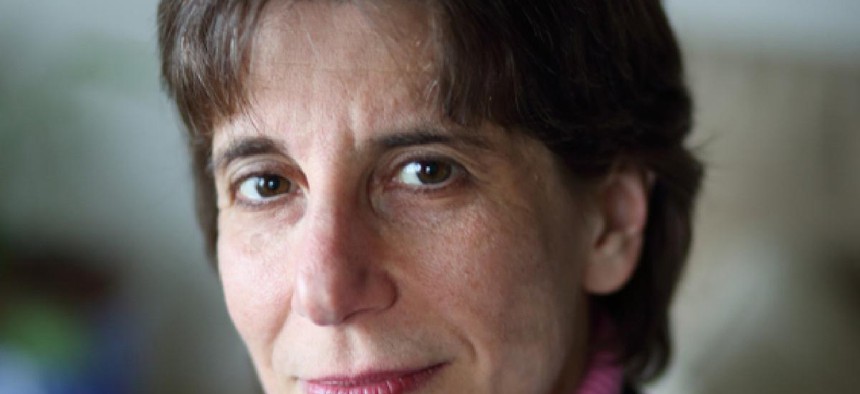Give Mayor de Blasio’s homelessness plan a chance

When Mayor Bill de Blasio announced his newest strategy “Turning the Tide on Homelessness,” which included plans to open 90 new homeless shelters around the city, he was undoubtedly bracing for resistance from local communities. The fact that the plan explicitly states that the new shelters will be clean, with security overseen by the New York Police Department and integrated on-site services, seems to imply that it is designed to address not just the needs of those served but the concerns of the community – and to recognize the legitimacy of these concerns.
What wary communities must realize is that homeless people already are your neighbors. While they are not always easily identified, they live among us, often in unacceptable circumstances and removed from services that can help them address the challenges that led them to homelessness in the first place.
There are compelling reasons to locate shelters around the city and maintain people in their own neighborhoods. When homeless families and individuals are sheltered in their own communities they can continue to access their existing support systems: family, friends, houses of worship, jobs, schools, health care, child care. And while some people find the presence of shelters objectionable, many shelter residents might otherwise be sleeping on sidewalks, in doorways and on park benches in the same community – also objectionable and far less humane.
The mayor’s plan strives for more transparency, including providing notice to community leaders about planned shelters and opening dialogues to gain community input. However, this posture seems primarily defensive, designed to overcome opposition rather than affirmatively engage communities as essential partners in the solution.
In 2015, when the city launched its “Opening Doors” initiative, it sought to enlist houses of worship to provide shelter in their communities. While that effort may have been disappointing, the underlying concept was sound: as homelessness is a community problem, the community must be a part of the solution.
Rather than resist, there is much that communities can do to constructively respond.
Founded in 1982 by faith and civic organizations and volunteers on the Upper East Side, Neighborhood Coalition for Shelter helped pioneer a model of just such a community response. Over the years, we have provided housing and supportive services to homeless New Yorkers, including overnight shelters, a drop-in center, and transitional and permanent housing. Our founding partners, as well as other houses of worship and community organizations around the UES offer other services, including shelters and meals each night of the week. Many local residents are unaware that our facilities exist within their neighborhoods, even though they may regularly pass by. Others in the community continue to actively embrace our clients, volunteering, donating weekly meals, hosting activities and providing financial support for our work.
With the right leadership, and with both public and private support, faith and community organizations and local residents can be at the forefront of efforts to address the crisis of homelessness in their own neighborhoods.
Ann L. Shalof is executive director of Neighborhood Coalition for Shelter
